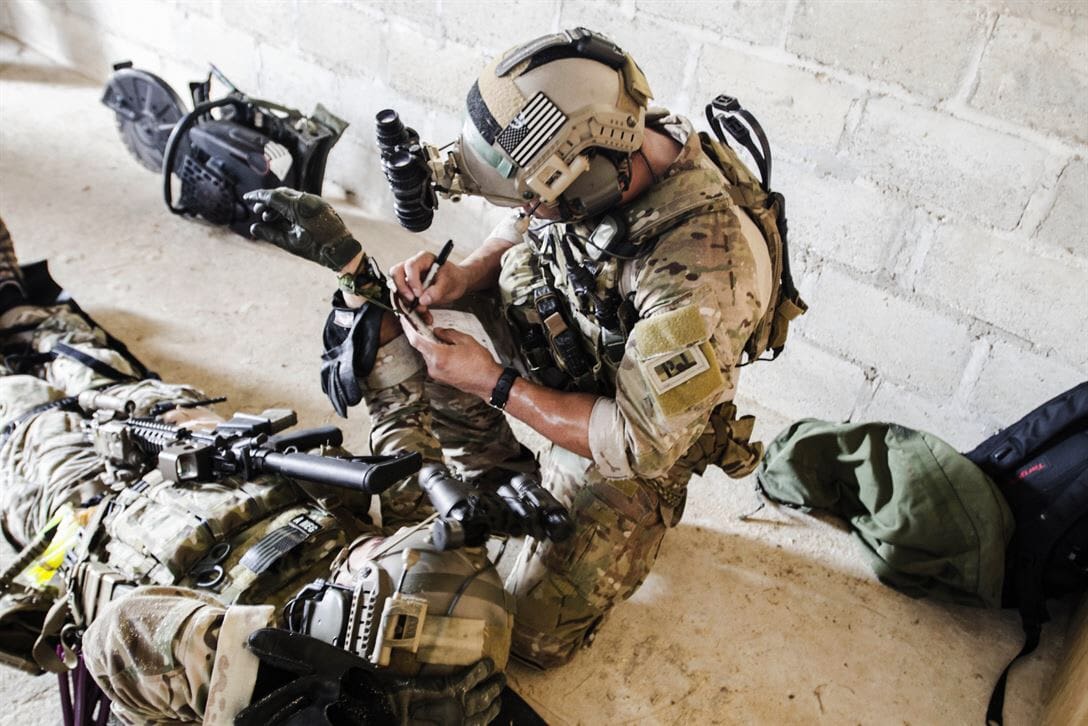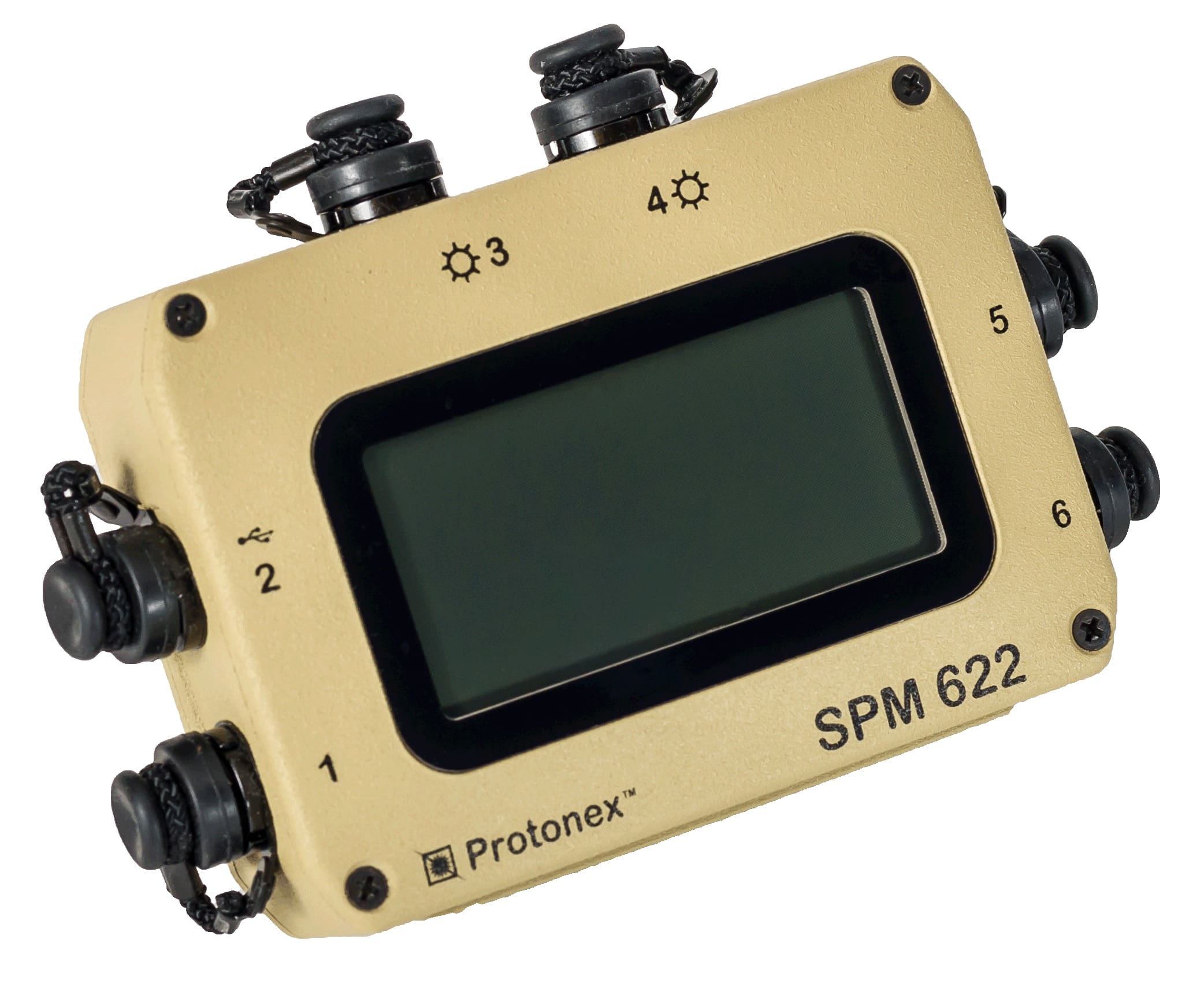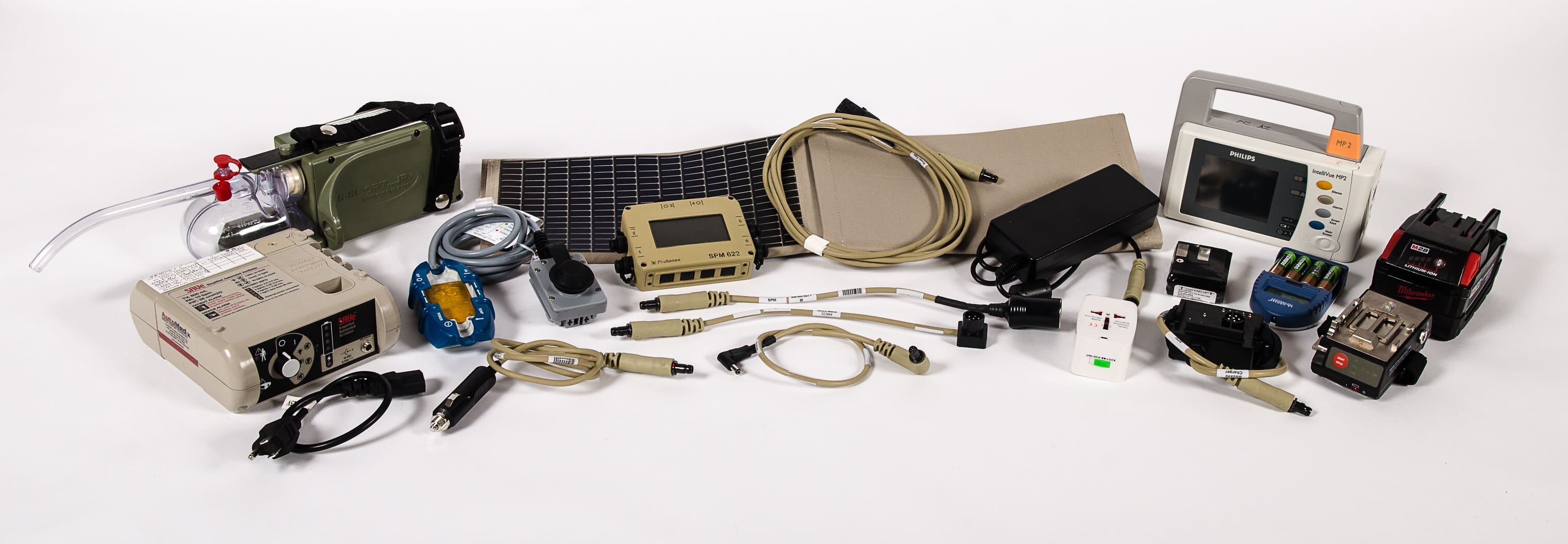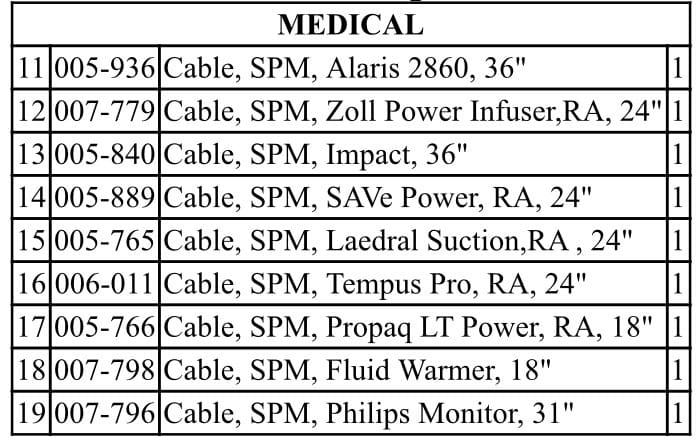Over the last two decades, the demands for proficient power management systems have made dramatic changes. Increased medical capability and automation of laboratory, documentation and monitoring equipment has changed how patients are managed in the field.
Additionally, decreased size and power consumption has led to the deployment of equipment and capability that originally would have been reserved for first world hospitals in the most remote and inhospitable places on the globe.
During this time, Special Operations Medicine went from the most basic urgent care, to rivaling rural emergency rooms from 20 years ago.
One area that consistently poses a challenge in power management is power supply for medical devices. Fortunately for special operations medicine, they’re not alone; as power management has been a struggle for all specialties of combat operation. As the technologies evolve and deployment of new devices happens, the solutions are fielded by non-medical unit personnel. This fielding oftentimes inhibits the proper use of the devices and critical integration requirements, forcing medical personnel to deliver less than their full capability available to units on the battlefield; a perfect example of this is the Squad Power Management Kits by army infantry and special operations units.
The Squad Power Management kit is comprised of a power management unit with a set of cables for harvesting power from a variety of sources, and another set of specialized cables to deliver power to the equipment organic to the unit. Currently, Protonex has deployed over 5,000 SPM kits to both the US and international militaries. The US Army alone has supplied over 3000 SPM kits to their infantry units and another 1100 kits to Army Special Operations.
This modernization program has increased capability to our deployed troops, results in long term cost savings to the military and a decrease in the combat load for our troops. Unfortunately, none of these deployed equipment sets include medical cables.
USSOF elements have a unique mission requirement to provide extended field medical care to patients in remote AORs. 1st Special Forces Command (A) and 75th Ranger Regiment have fielded SPM 622 kits through the Nett Warrior Program. These units could purchase additional cables at a low cost to upgrade their existing SPM kits to Medical Kits, allowing medical personnel the ability to provide care for patients for an extended period. In acquisition terms this is the equivalent of adding a SOF MOD kit to share funding for SOF equipment with the parent service. This provides an opportunity to increase capability with little additional cost by leveraging existing P2 funded equipment. Further, by broadening the utility of the issued equipment, the unit maximizes its investment. Essentially, the additional capability provided will allow medics to sustain patients for if they have access to other military and civilian batteries, vehicles, and aircraft.
US military medical personnel have the ability to procure SPM 622’s and/or add medical cables to existing kits to give them the ability to provide extended field medical care in remote AOR or on extended patrols. This equipment which is already organic to Army Infantry units, Special Forces ODA Teams and Ranger Regiment can be leveraged by unit medical personnel when needed to manage the challenges of power consumption in remote locations. As the USSOCOM mission set transitions to a more decentralized area of operations, these issues will become more pronounced. It is important that units know the capability of their organic systems and the deficiencies their currently issued equipment has concerning medical equipment.
The following medical equipment cables are available for purchase as accessories to the currently issued kits. Additional cables can be developed as needed for minimal cost to suit special equipment that may be organic to a unit but not common to the rest of the enterprise.
For more information on the SPM-622 Squad Power Manager and its capabilities, please contact Protonex at 508-490-9960 or team.room@protonex.com. For further discussion on the utility of the kit in operational use, please comment below.
 About Kyle:
About Kyle:
Retired Special Forces Medic and Medical Research and Development Sergeant Major in the USASOC Combat Development Directorate. Served as one of of USSOCOM’s leading experts in development and fielding of special operations medical equipment and tactics, techniques and procedures. Served on the Department of Defense’s Joint Program Committee for Combat Care, as well as the subcommittees for Forward Surgical, Intensive, and Critical Care and Hemorrhage Control and Fluid Resuscitation. Currently a Product Development Consultant for SAM Medical and Board member of BlackBox Biometrics Inc. Bachelor’s Degree in Management Studies from University of Maryland University College.
Tags: Protonex






Sounds like a great interim procurement measure, but in the longer term it would be nice to see the medical industry customer base (civilian, DoD, and US and foreign governmental) apply influence upon the medical device manufacturers to stop with the profusion of proprietary plugs and cables. So far as safe and practical, use common, open-source, industry standards.
Remember the bad old days, when everything DoD purchased had some weird shaped proprietary battery (like the battery for PVS-5 googles, or survival strobe lights), to keep the vendor’s nose firmly in the trough? A policy of requiring new equipment to use common, commercially available batteries helped solve that rip-off, and simplified logistics.
I couldn’t agree with you more and more universal multipurpose power sources are the direction that the industry is trending but there are significant regulatory restrictions on power requirements for medical devices. While they are heading that way, it will take them considerably longer to get there based on required regulatory changes that need to be made. That said, even when they get there, there is still a use for the SPM, as right now, its primary use is to power non medical military equipment. Third world and battlefield power is still dirty and intermittent so this kit will still apply. Thanks for reading and thanks for your service.